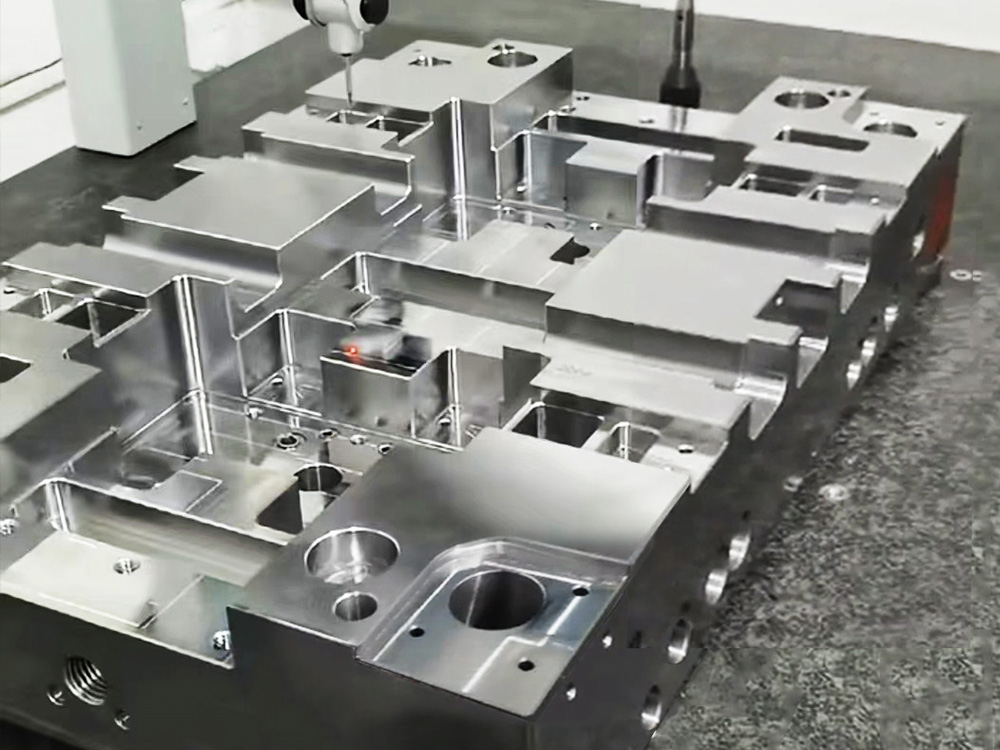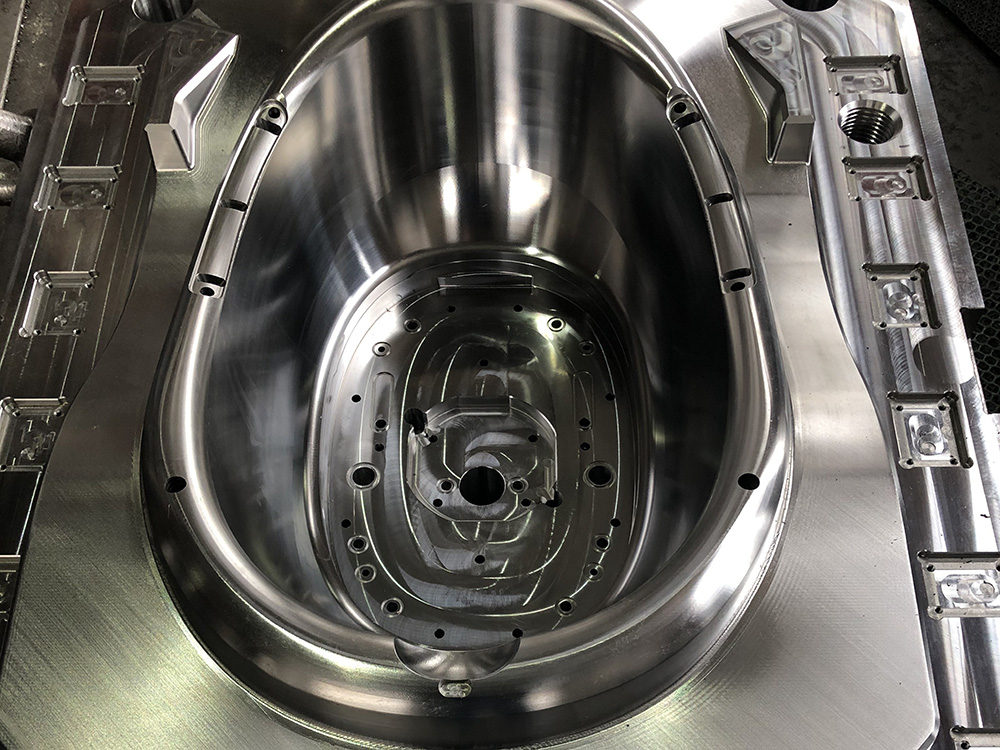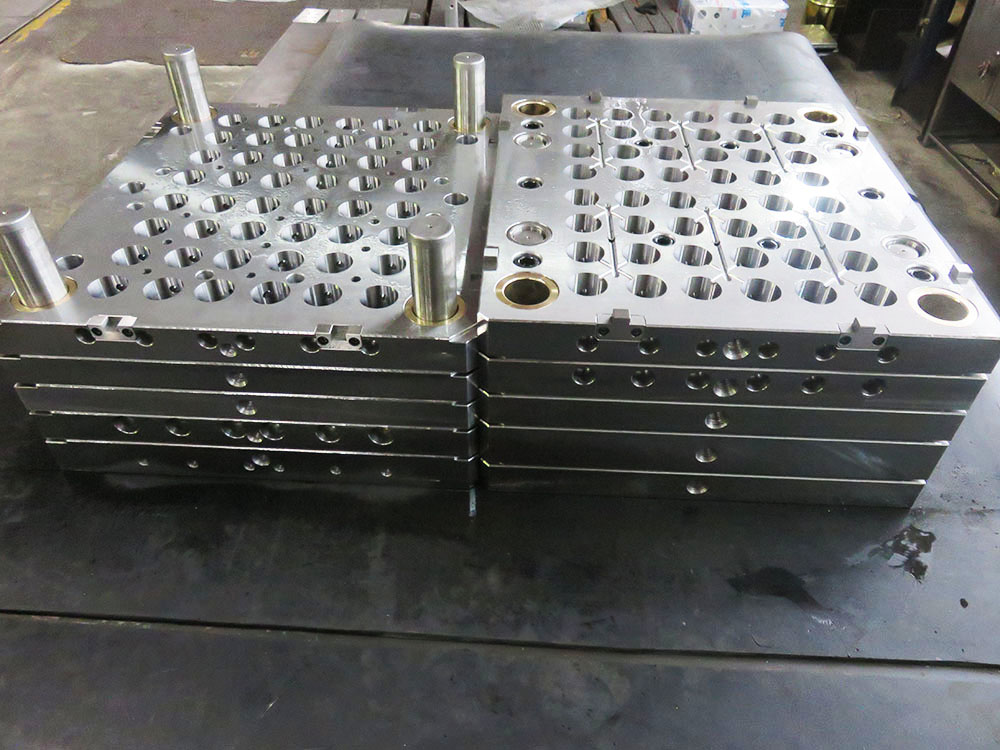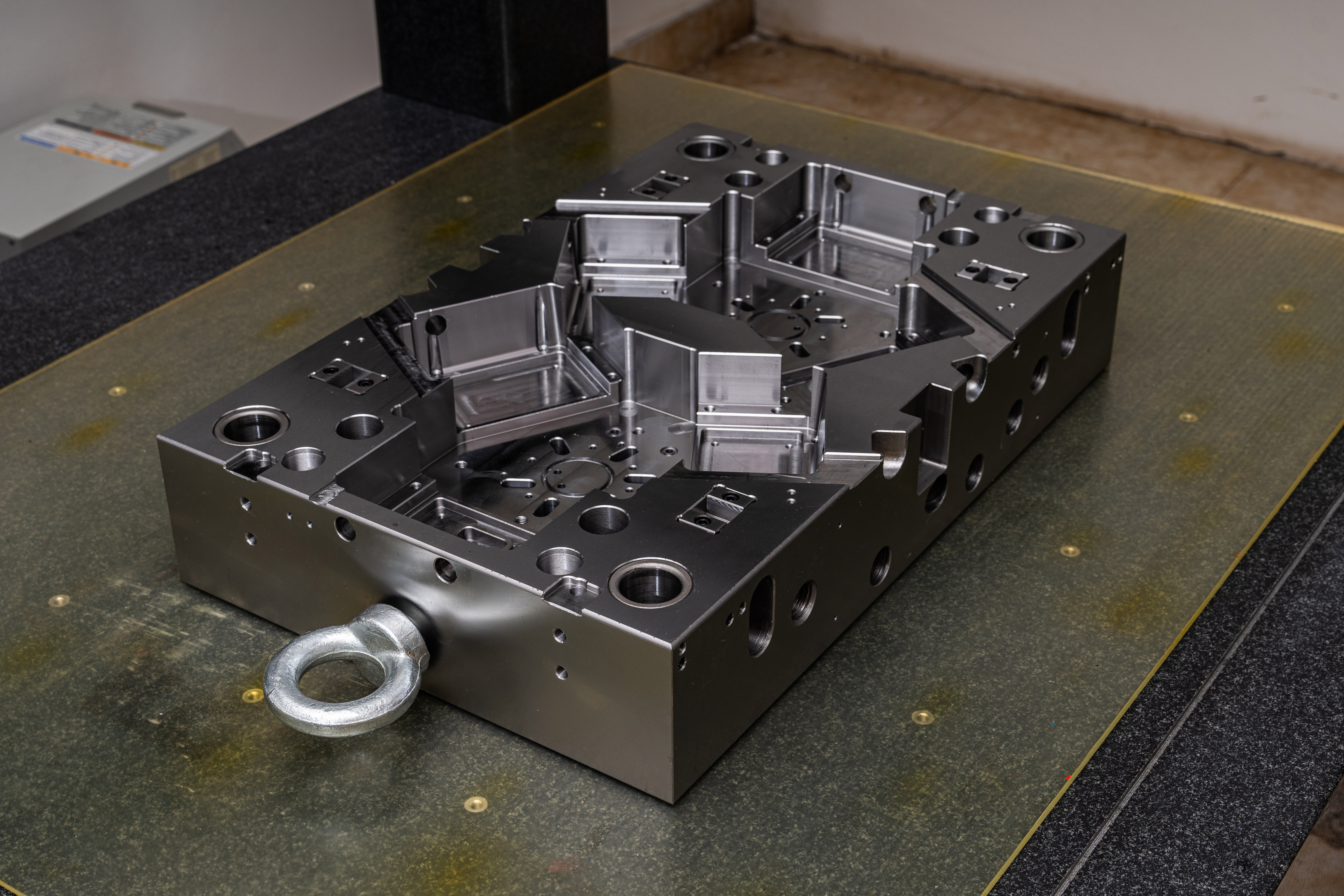The Mold Base Industry: A Video Tutorial on How to Use Shared Mold Racks
Introduction:
The mold base industry plays a critical role in the manufacturing process of various products. It provides the foundation for creating high-quality and precise molds used in industries such as automotive, electronics, and consumer goods. In this video tutorial, we will explore the usage of shared mold racks, an essential component of the mold base, and learn how to effectively utilize them in the mold manufacturing process.Understanding Shared Mold Racks:
Shared mold racks are a storage solution specifically designed to hold and manage mold bases. They are commonly used in mold manufacturing facilities to organize and store different types of mold bases efficiently. These racks offer several benefits, including space optimization, easy accessibility, and enhanced inventory management.
The shared mold racks typically consist of sturdy steel structures with multiple shelves or compartments. Each compartment is designed to accommodate a single mold base, ensuring proper organization and segregation. These racks are created to withstand the weight of heavy mold bases and are often stackable to maximize vertical space utilization.
Step-by-Step Guide: How to Use Shared Mold Racks
Step 1: Determine Rack Placement
Identify an appropriate location within your facility where the shared mold rack can be placed. Ensure that the area is accessible, well-lit, and away from any potential hazards. Additionally, consider the weight-bearing capacity of the floor and ensure it can support the rack's load.Step 2: Organize Your Mold Bases
Before storing the mold bases in the shared rack, it's crucial to organize them systematically. Sort them based on size, type, or any other categorization method that suits your specific needs. This will facilitate easy retrieval and minimize the risk of damage caused by mishandling.Step 3: Prepare the Mold Bases
Inspect each mold base for any visible signs of damage or wear. Ensure that they are clean and free from any debris or contaminants. Accurately label each mold base, including important details such as part number, revision number, and manufacturing date. These labels will help in easy identification and tracking.Step 4: Load the Mold Bases into the Rack
Carefully place each mold base into its designated compartment in the shared mold rack. Ensure that the bases are properly aligned and secure. Avoid overloading any individual compartment to prevent unnecessary strain or damage to both the mold bases and the rack itself.Step 5: Properly Store the Rack
If the mold bases are not immediately required for production, make sure to cover the rack with a protective material. This will safeguard them from dust, moisture, or any other environmental factors that may impact their quality. Also, consider implementing a systematic inventory management system to keep track of the mold bases stored in the shared rack.



